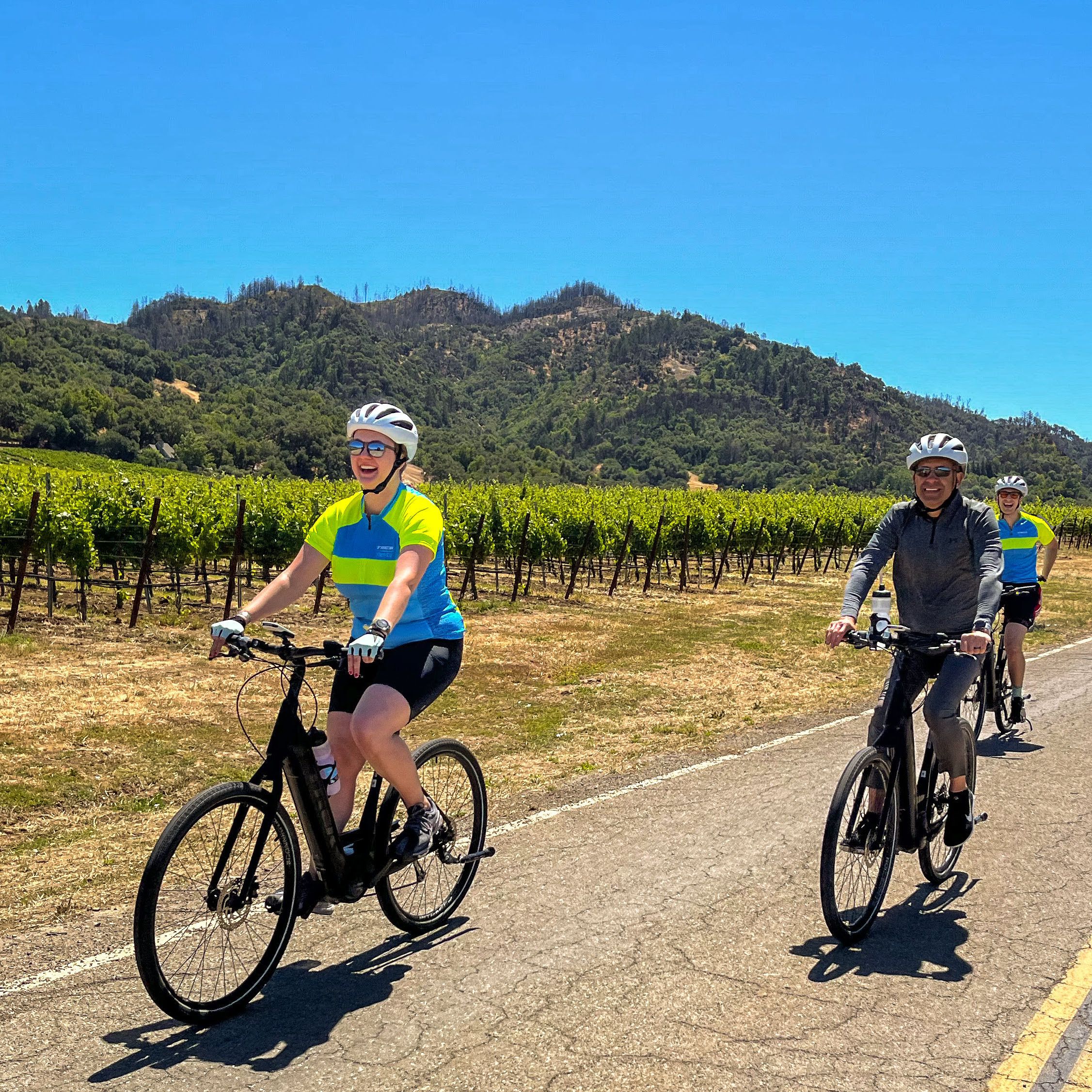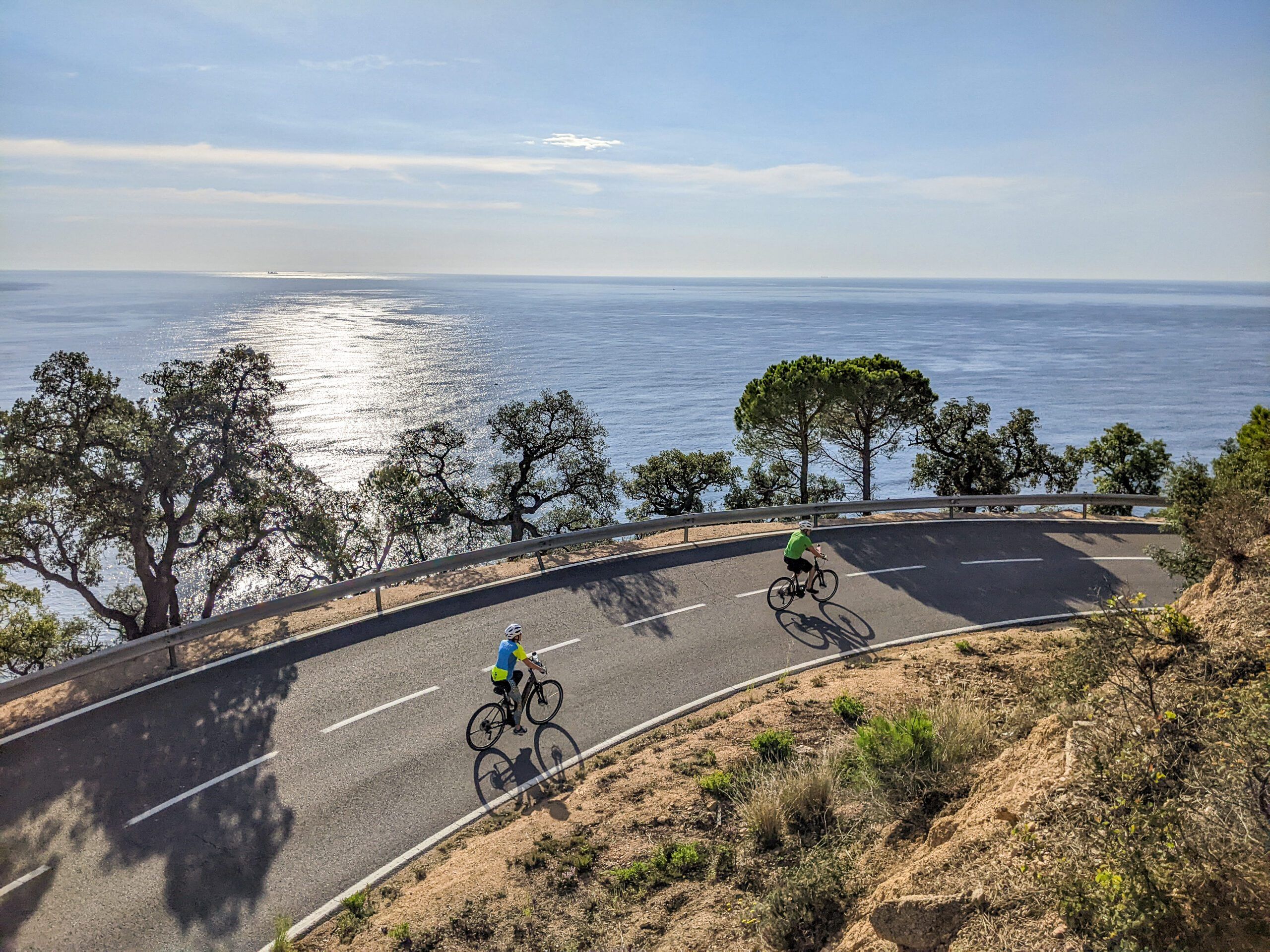
Nominated for a 2017 James Beard Award for Best Chef of the Midwest for the fourth year in a row, chef Jonny Hunter’s take on local cuisine has been adored by Madisonians and visitors from all around. Co-founder of Underground Food Collective, a group that runs a restaurant, butcher shop, and catering business, he’s not slowing down when it comes to making a dent in the local food scene. This September he will be joining us in Asheville with a private farm-to-table dinner. We caught up with chef Jonny to learn more about his upcoming trip to the city beneath the Blue Ridge Mountains and his mission to bring community and food together in one delicious experience.
Tell us your story. What inspired you to be a restaurant owner in Madison?
I didn’t really start out wanting to do a restaurant. We were catering and doing some food processing and I started grad school in Public Affairs at UW-Madison to switch careers. At that point we started to get a decent amount of publicity for the food we were making and then I met Mel Trudeau who worked in restaurants and wanted to open a place with us. After working in non-traditional spaces I really liked the idea of having a restaurant and space where we didn’t have to move around a ton, and a space that would give us an opportunity to really showcase what we cared about.
You run a restaurant, butcher shop and a catering business in Madison. How are they all tied together, and how are they different?
Everything is co-dependent, we actually have a centralized facility that all 5 of our businesses run out of. The end product you see at our retail and restaurant establishments is an execution of products we make at our commissary. Because of our vertical integration, we have a lot in common through the different establishments but, without a doubt, running a food processing business, a restaurant, and a retail shop gives you a lot of different experiences. At the retail store I really love talking to people about cooking and curating what we sell while the restaurant is an exercise in creativity and hospitality.
What does ‘farm-to-table’ mean to you and why is it important to the food you cook?
When I talk about farm to table I like to talk about my community. I like to talk about my friend Mike who grows vegetables or Charlotte, the farmer we buy our hogs from. I want to support my community and help out my friends who have businesses. I want to show them I care about their work and that we value it.
What is the most rewarding part about your job?
Working with people and seeing them succeed and learn. We put so much effort into understanding processes that when we get some traction or when something works, it’s so exciting. When you see other people do that, it’s even better.
Do you have an especially memorable story from your many years in the restaurant industry?
I think it’s always about the people, the ones who come in and support us and the people we work with. The generosity of the people I get to work with and serve every day blows me away.
What drew you to be part of a Trek Travel trip?
I love bikes, they play a major part of my life. I use a bike as my main mode of transportation, and I use it as a recreation and how I spend time with my family. The idea that I could experience a trip that is focused on bikes and bike travel is pretty much my ideal.
What destination is on your bucket list?
I visited Asheville last year and it was one of my favorite trips I’ve had in a long time. I’m excited to see some of the art spaces in the River Arts District and the breweries and barbeque at Buxton Hall.
You will be joining us for an evening at Gaining Ground Farm just outside of Asheville by preparing a multiple course farm-to-table dinner in September. What do you have in store for the guests?
I’ve been working with Aaron and talking about the food they are growing so it will be a lot of seasonal produce and meat from their farm. My friend Dave owns a bakery called Farm and Sparrow so I will work with him on getting the best bread I’ve ever had in my life. The trip is at the end of summer and beginning of fall so there’s so much produce available so that is what I am going to highlight.

What excites you most about your trip to Asheville?
Asheville is an amazing city with a super engaged community, vibrant arts, great music and a thriving food community. It has so many things that make a really great community. Not only that, but it’s also beautiful, the rivers and the mountains make it such an amazing place. I’m super excited to visit Asheville again.
Do you have a favorite new recipe you’d like to share?
I’ve actually been working on an essay about cooking at home and chicken soup so here you go:
It’s important to buy a chicken that was raised on a local farm, on pasture and hormone and antibiotic free. The access to pasture means that it is going to have a better flavor that really comes through when you are making a stock. I buy my chickens from Nine Patch Farms or Nami Moon.
Use a #3-5 bird and salt it with 2 Tablespoons of sea salt or kosher salt. Rinse the chicken and dry inside and out very thoroughly – a wet chicken will steam before it begins to crisp the skin and turn golden. This might seem like more salt than you would need but it is really important in terms of making the meat juicy and not over cooking the white meat. I let the bird sit out on a rack for 2-3 hours (or overnight if you have time) so that the salt binds to the proteins and the skin dries out. In a cast iron I put in 1 inch of chopped vegetables, using 2 carrots, 2 cups of celery (you can sub celery root in the winter) and 1 large onion. I toss them with chicken schmaltz and roast the chicken on top of the vegetables. Roast the bird at 375F until the skin is crispy. I don’t worry about temperature here because I’m going to add the meat back into the soup later to finish cooking. At this point I eat the crispy skin since it doesn’t add much to the stock and it’s one of my favorite snacks.
Cut the breast meat off of the carcass and put aside, as well as meat from the thigh and drumstick. Don’t worry if you leave some meat on the bones-it is good to have some for flavor in the stock. Once the meat is separated from the carcass, I break the carcass in half so that it fits in the pot easily. I add the roasted vegetables and the carcass to a pressure cooker (I also use a pressure cooker to make stock, it speeds up the process and makes a cleaner, more flavorful base for the soup. I use a Kuhn Rikon pressure cooker and it is my favorite tool to cook with). Into the pressure cooker goes 2 fresh bay leaves(dried will work), 3 sprigs of thyme, 5 sprigs of parsley, 10 pepper cloves and 4 or 5 cloves of garlic. I also like to add 1 meyer lemon cut in half. Add four quarts of filtered water and bring the pressure cooker to 15 bars and turn down to simmer for 45 minutes. When it is done, remove from heat and let the pressure dissipate. Never use the release valve to let off pressure, it will muddy your stock and cause unpleasant extraction.
While the stock is cooking I chop carrots, celery and onions to ½ inch pieces. Saute the carrots, celery and onions until the onions are translucent. Chop the breast meat into ½ cubes and shred the dark meat. I also dice a head of parsley leaves. Once the stock is finished I strain out vegetables and bones (you can make another round of stock with new vegetables with the amount of bones you used). In a 6 quart stock pot add the stock, vegetables and meat. Season with the juice of one lemon, add cracked pepper and salt to taste. Add chopped parsley right before you serve.







